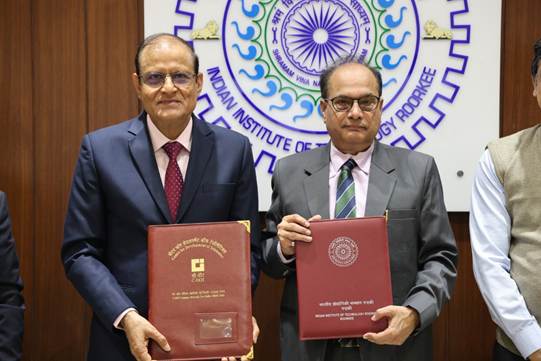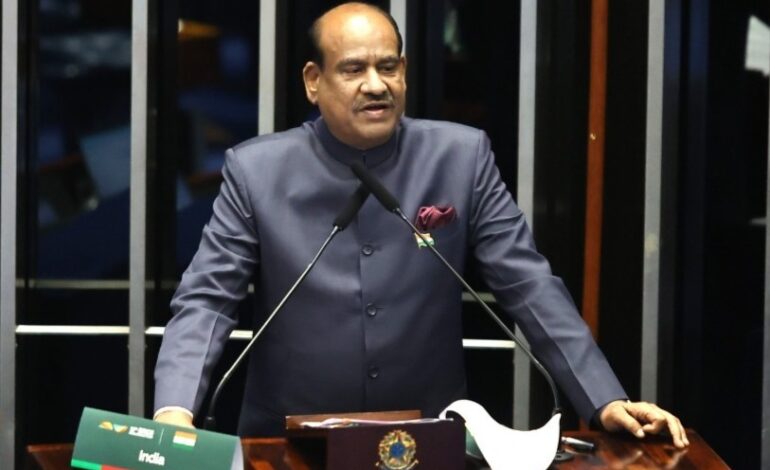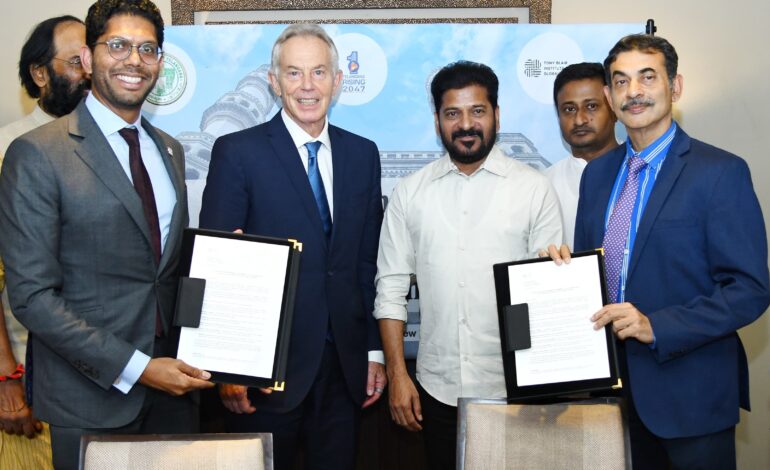Cabinet clears Pune Metro Phase-2 expansion; Line 4, 4A to add 31.6 km, 28 stations across key city corridors

With this approval, Pune Metro’s cumulative network will cross the 100 km mark—an important milestone in the city’s journey towards a modern, integrated and sustainable urban transit system.
New Delhi, November 27: The Union Cabinet has approved two major corridors under Phase-2 of the Pune Metro Rail Project—Line 4 (Kharadi–Hadapsar–Swargate–Khadakwasla) and Line 4A (Nal Stop–Warje–Manik Baug)—marking a significant expansion of the city’s mass rapid transit network. This is the second Phase-2 approval after the sanctioning of Line 2A and 2B earlier this year.
Together spanning 31.636 km with 28 elevated stations, the new corridors will link IT hubs, commercial districts, educational zones and major residential clusters across East, South and West Pune. The project, estimated at ₹9,857.85 crore, will be completed in five years and jointly funded by the government of India, the government of Maharashtra and external bilateral and multilateral agencies.
Forming an integral part of Pune’s Comprehensive Mobility Plan, the new routes will integrate with existing and sanctioned metro lines at Kharadi Bypass and Nal Stop (Line 2) and Swargate (Line 1). They will also offer an interchange at Hadapsar Railway Station and create connections with future corridors towards Loni Kalbhor and Saswad Road—strengthening multimodal links between metro, suburban rail and bus networks.
Line 4 and 4A will serve a wide range of neighbourhoods—from Kharadi IT Park and Hadapsar’s industrial belt to the Warje residential zone and the Khadakwasla tourism stretch. Traversing Solapur Road, Magarpatta Road, Sinhagad Road, Karve Road and the Mumbai–Bengaluru Highway, the corridors aim to decongest some of Pune’s busiest traffic arteries while enabling safer, greener and more efficient mobility.
According to ridership projections, the combined daily footfall on the two lines is expected to reach 4.09 lakh in 2028, rising to nearly 7 lakh in 2038, 9.63 lakh in 2048 and more than 11.7 lakh by 2058. Of this, the Kharadi–Khadakwasla corridor will account for the majority, projected to grow from 3.23 lakh passengers in 2028 to 9.33 lakh in 2058. The Nal Stop–Warje–Manik Baug spur is expected to rise from 85,555 daily passengers in 2028 to 2.41 lakh in 2058.
Maharashtra Metro Rail Corporation Limited (Maha-Metro) will implement the project, including civil, electrical, mechanical and systems works. Pre-construction tasks such as topographical surveys and detailed design consultancy are already in progress.
With this approval, Pune Metro’s cumulative network will cross the 100 km mark—an important milestone in the city’s journey towards a modern, integrated and sustainable urban transit system. The new corridors are expected to significantly reduce travel times, ease chronic congestion and provide citizens with a reliable and affordable public transport option, emerging as key mobility lifelines in the decades ahead.








